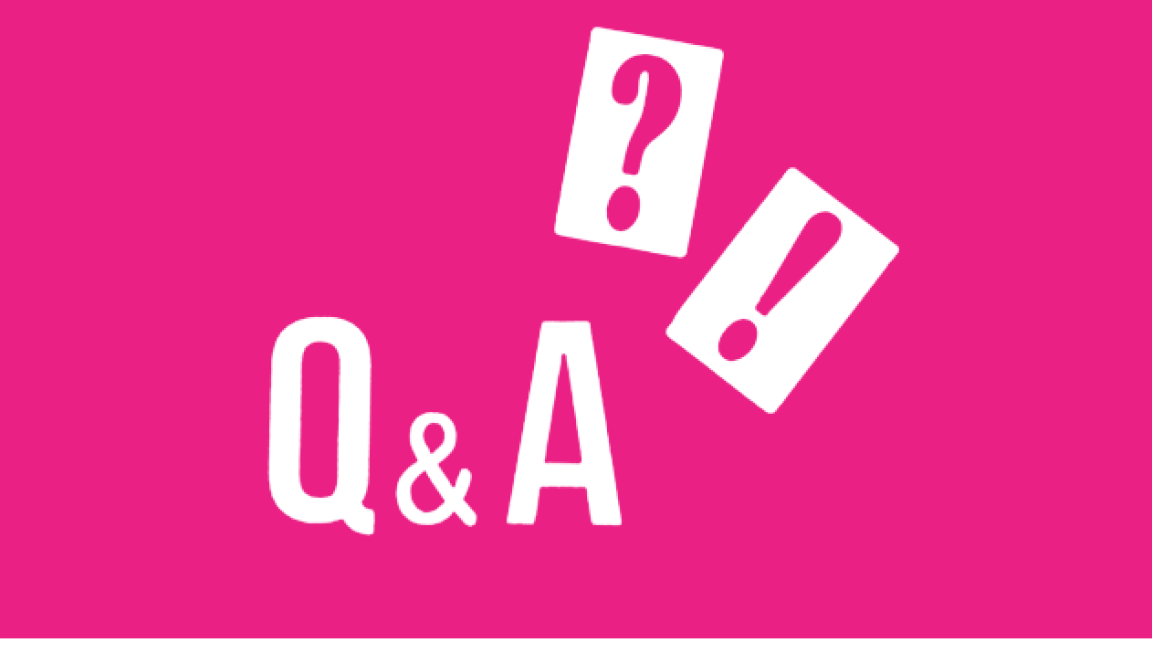How To Know When Your Period Is Starting or Ending?
How To Know When Your Period Is Starting or Ending?
By Dr. Staci Tanouye, OB/GYN, MDAre you often surprised when your period comes around? It’s never fun to be caught off-guard. That’s why I’m going to share some signs that may indicate the beginning and end of your period. As you pinpoint different Premenstrual syndrome (PMS) symptoms that are normal for you, they should start to serve as a helpful indicator that your period is about to start.
Let’s start by differentiating between physical and emotional symptoms. It’s very common to experience both ahead of your period, as your body’s hormones fluctuate. Here are some things to look out for:
Emotional or Behavioral PMS Symptoms
- Poor concentration
- Change in libido, or sexual desire
- Fatigue
- Insomnia
- Mood swings
- Appetite changes and food cravings
- Tension or anxiety
- Depressed mood or sadness
- Less motivation to participate in social activities
Physical PMS Symptoms
- Headache
- Joint or muscle pain
- Acne flare-ups
- Breast tenderness
- Increased tiredness
- Bloating
- Constipation or diarrhea
- Fluid retention, which might appear as swelling
- Pelvic cramping
These symptoms can begin up to 1-2 weeks prior to the start of your menstrual cycle. They normally begin after ovulation and before your period begins.
Don’t be alarmed if your PMS symptoms vary or if your period isn’t on a clockwork schedule just yet. It may take a few years after puberty for a regular cycle to settle in, so irregularity is common in the first few years.
PMS symptoms are very common and most women who menstruate experience physical and emotional changes ahead of the start of their cycle. If your PMS symptoms are severe and negatively impacting your day-to-day life, it’s important to consult a medical professional.
Below are a few simple ways to keep track of your period so you’ll know when it’s starting and ending.
- Get a calendar and write down when they start and end:
- Track your symptoms in addition to your bleeding pattern:
- U by Kotex® Period Calculator helps track your period for you:
The average menstrual cycle is 26-32 days but can vary depending on your body. The first day you bleed is the first day of your menstrual cycle and would be the first day to mark down on the calendar as day one of your cycle. Bleeding usually lasts 3-5 days but can also last anywhere from 2-7 days. Your cycle ends on the first day of your next period. This will give you an idea of how long your cycle lasts and give you an estimate of the number of days that will pass before your next period.
In order to help determine if certain symptoms are related to your hormonal cycle, track your physical and emotional symptoms as well. This can help you identify which can be attributed to PMS and which may be due to other factors. It will also help you better predict when your period might start.
This calculator asks you to plug in the date of your last period, the length of your period and the length of your menstrual cycle. It then provides you with dates over the next three months that it anticipates will be when your body undergoes ovulation and your period.
Now that you know signs to look out for regarding the start of your period, how do you know when it’s ending? Towards the end of your period, you should experience a decrease in the volume, or amount, of menstrual blood until it stops all together. You might also notice a change in color towards the end of your cycle and see brown period blood. This is just old blood that had time to oxidize and usually occurs when your period is slowing down.
Towards the end of your cycle, PMS symptoms and common menstrual cycle side effects such as cramping, bloating, and insomnia should decline. As your cycle ends, estrogen starts rising again while your uterus rebuilds its lining, and the egg is maturing in its follicle in preparation for ovulation. The increase in estrogen is especially helpful in helping you feel like your body is going back to normal as hormones level out.
Everyone experiences different signs and symptoms prior to and throughout their period. Keeping record of different side effects that you feel can be helpful in pinpointing what stage of your menstrual cycle that you’re in and help keep you up to date as to when your period is about to start or end.
About Staci Tanouye OB/GYN, MD: Staci Tanouye, MD, OB-GYN is a physician in a private practice and an expert in adolescent health, sexual health, reproductive health, and menopausal health. She has become one of the leading gynecologists on social media with the mission to educate women and all people with vulvas to love their bodies through knowledge and empowerment.
Sources Referenced:


